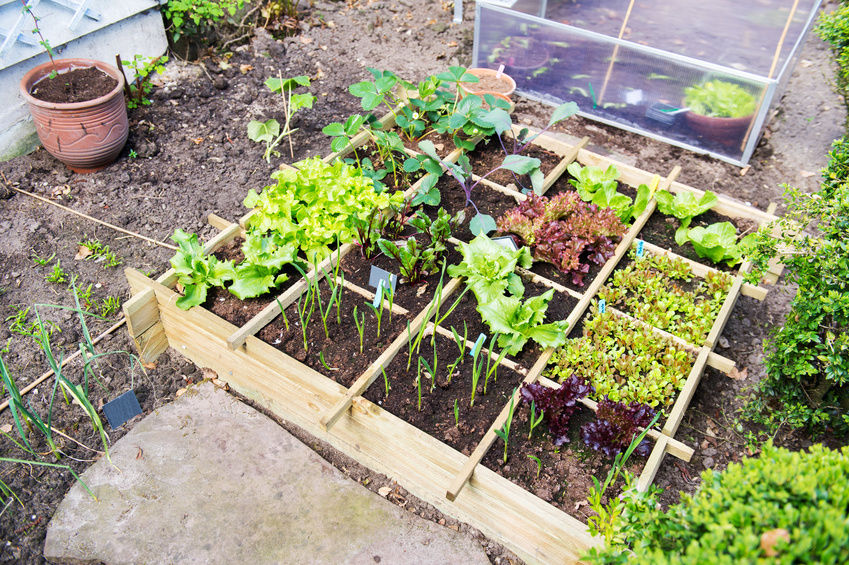Landscaping is the art of transforming a piece of land into an attractive part of the property. It might involve planting trees and shrubs to make way for a beautiful environment. The planting of flora transforms that particular piece of land and adds an aesthetic sense to the place. Landscaping Toronto presents a number of design ideas that might sometimes make you feel overwhelmed. The number of choices you have for landscaping in Toronto might confuse you. To give you more clarity regarding landscaping, I present here some of the landscaping ideas that might help you transform your place into a beautiful example of nature’s beauty.

- Firstly, list out your needs for a beautiful landscape. What do you actually need to do with the place transformed into shrubbery? Do you want to spend some time in the company of nature? Do your kids need some space to play? Do you want to plant vegetables? Ask yourself, why are you going for landscaping? This will give you a rough idea of the design as well as the desiderata. It will also help you chalk out a blue-print of the landscaping plan.
- Analyze the directions in which sunlight falls and the wind blows. This will help you determine the right place to plant the greens and trees. It will also help you judge if landscaping of the area will truly serve its purpose.
- There might be other undiscovered areas of your yard that might rightly serve your needs. Take your time to decide upon the area of your yard that you are planning to transform. Judge yourself to know if it is the best area for your plans.
- Take baby steps. Don’t go for a major overhaul at a time. Take small steps and bring in changes gradually. Develop a plan gradually and execute it in pieces to enjoy the process. Remember, it’s all about the journey, not the destination. Live your dream!
- Decide the nucleus of your landscaping Toronto project. Behind every attractive garden design there lies a focal point. It might be an object a beautiful plant or a line of shrubs.
- There should be a sense of arrangement when one looks at your garden. Repeat some of the elements, including a plant, a color, or a shape, so that you can give your yard a neat look. Coherence, with exceptions here and there, is the hallmark of a truly artistic landscape design.
- Be flexible. Welcome any changes that might improve the overall look of the area. Don’t be too rigid. Be open to including new plants, shrubs, or any artistic embellishment in your landscaping plans. Make it a continuous process to give it an evergreen look.
Landscaping your yard needs a great deal of patience. Don’t be in a hurry to transform the area. If you are in a rush then go for temporary arrangements such as grass covers which don’t require much care. Avoid things that are hard to move as you may perhaps feel the need to change them if they happen to be at the wrong place.


